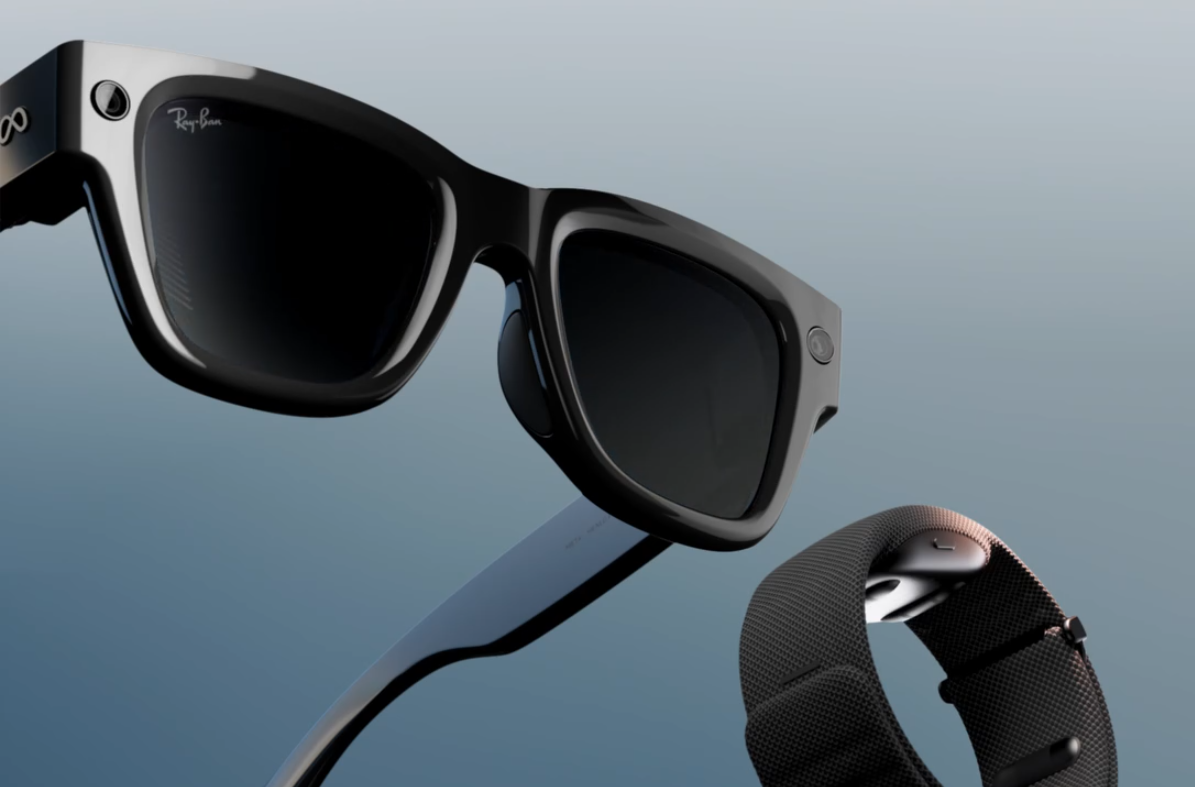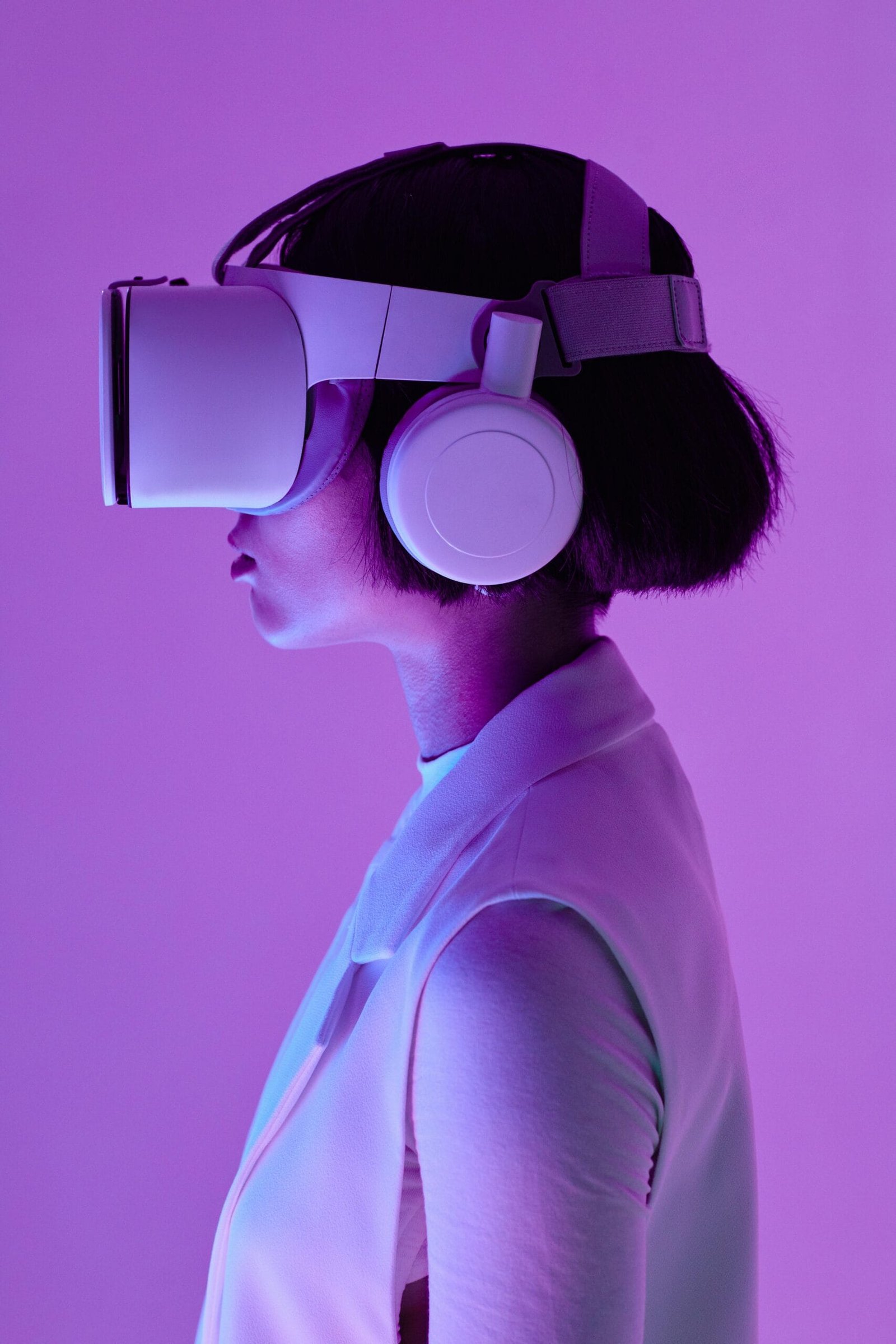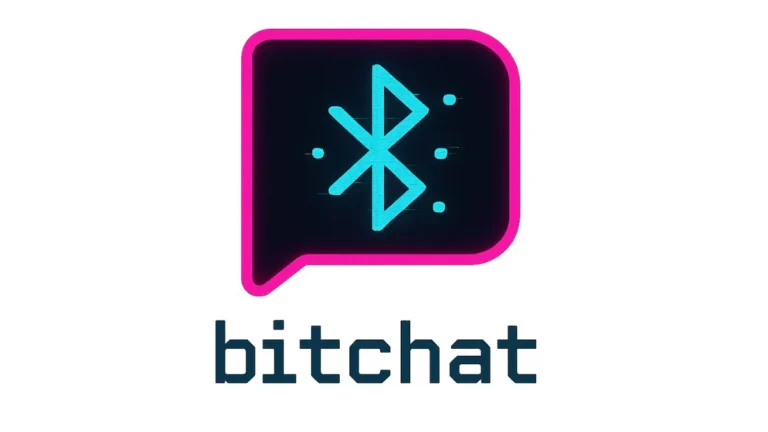Meta has unveiled the groundbreaking Meta Ray-Ban Display glasses at Meta Connect 2025, marking a pivotal moment in smart eyewear technology. These Meta glasses represent the first consumer-ready smart spectacles with an integrated augmented reality display, fundamentally transforming how we interact with digital information in our daily lives.
The launch of these innovative Meta glasses signals a new era in wearable technology, combining traditional Ray-Ban styling with cutting-edge artificial intelligence and augmented reality capabilities. Priced at $799 (approximately £629), the Meta Ray-Ban Display glasses will be available from 30th September 2025, exclusively through select brick-and-mortar retailers.
What Makes Meta Ray-Ban Display Glasses Revolutionary?
The Meta glasses category has evolved significantly since its inception, but these latest Ray-Ban Display models represent a quantum leap forward. The glasses feature a screen integrated into the right lens, capable of displaying text messages, video calls, turn-by-turn directions, and visual results from Meta’s AI service.
Key Features of the New Meta Glasses
Advanced Display Technology The Ray-Ban Display glasses incorporate a small screen on the right lens with an impressive brightness of 5,000 nits, ensuring visibility even in direct sunlight. This brightness level surpasses most smartphone displays, making these Meta glasses practical for outdoor use in various lighting conditions.
Neural Band Integration Perhaps the most revolutionary aspect of these Meta glasses is the accompanying neural link wristband, which translates small muscle twitches and movements into menu controls. The Meta Neural Band sets this pair of smart glasses apart from previous iterations, offering unprecedented control through subtle hand gestures.
Enhanced Communication Capabilities Users can privately view text and multimedia messages from WhatsApp, Messenger, Instagram, and their phone, hands-free with just a pinch. The glasses also support live video calls from WhatsApp and Messenger, allowing wearers to share their perspective with friends and family.
Traditional Smart Features The Meta Ray-Ban Display glasses include voice control, photo/video capture, capture LED, five microphones, dual off-ear speakers, and a 12MP camera, maintaining all the functionality users expect from premium smart glasses.
How Meta Glasses Transform Daily Activities
The practical applications of these Meta glasses extend far beyond novelty features. Users can quickly and quietly respond to texts in a cinema without pulling out their phone, or see directions to the nearest coffee shop without looking down at maps.
Navigation and Travel
The integrated display makes these Meta glasses invaluable for navigation. Turn-by-turn directions appear directly in your line of sight, eliminating the need to constantly check your smartphone whilst walking or cycling through unfamiliar areas.
Professional Applications
In professional settings, these Meta glasses could revolutionise presentations, remote meetings, and field work. The ability to access information hands-free whilst maintaining eye contact during conversations represents a significant advancement in professional communication tools.
Social Media Integration
The seamless integration with Meta’s ecosystem of applications—including WhatsApp, Messenger, and Instagram—positions these glasses as natural extensions of existing social media habits. Users can stay connected without the antisocial behaviour often associated with smartphone use.
Comparing Meta Glasses to Previous Generations
Second-Generation Improvements
Meta also unveiled a second generation of its Ray-Ban Meta glasses, featuring double the battery life of the predecessor, now lasting up to eight hours of mixed use on one charge. These glasses also support ultra HD 3K video recording.
Pricing Structure
The Meta glasses lineup now offers multiple price points. The Ray-Ban Meta AI glasses Gen 2 are available for £379, offering an accessible entry point into Meta’s smart eyewear portfolio without the augmented reality display, whilst the premium Display model commands the higher $799 (approximately £629) price point.
Technical Specifications and Performance
Display Technology
The display technology in these Meta glasses represents years of miniaturisation research. The 5,000-nit brightness ensures usability across various environmental conditions, from indoor offices to bright outdoor settings.
Battery Life and Charging
Whilst specific battery life figures for the Display model haven’t been disclosed, the standard second-generation Meta glasses achieve eight hours of mixed use. The Display model likely offers similar performance, though the integrated screen may impact overall battery duration.
Camera Capabilities
The 12MP camera maintains the photography standards established by previous Meta glasses generations, supporting both photo and video capture with hands-free operation through voice commands or gesture controls.
Availability and Purchase Options
Limited Retail Launch
Meta Ray-Ban Display glasses cannot be purchased online initially, representing a departure from typical tech product launches. The glasses will be available at limited brick-and-mortar retailers in the US, including Best Buy, LensCrafters, Ray-Ban Stores, and Verizon stores.
International Expansion
Expansion to Canada, France, Italy, and the UK is planned for early 2026. This phased rollout suggests Meta is taking a measured approach to gauge consumer reception and manage supply chain demands.
Privacy and Social Considerations
The introduction of display-equipped Meta glasses raises important questions about privacy and social etiquette. Some users may be concerned about having conversations with someone wearing these glasses without knowing whether they’re actively using the display features.
Visual Indicators
Meta has incorporated visual indicators to address privacy concerns, including capture LEDs that illuminate when recording. However, the subtle nature of the display means bystanders may not immediately recognise when someone is actively using their Meta glasses for digital tasks.
Social Acceptance
The success of these Meta glasses will largely depend on social acceptance and the establishment of new etiquette norms around their use. The Ray-Ban styling helps maintain a familiar aesthetic, potentially easing the transition from traditional eyewear.
Market Position and Competition
The launch of display-enabled Meta glasses positions the company ahead of competitors in the consumer AR market. Whilst companies like Snap have experimented with AR spectacles, Meta’s integration of established social platforms and the Neural Band controller creates a unique proposition.
Enterprise Applications
Beyond consumer use, these Meta glasses present significant opportunities in enterprise markets. Industries requiring hands-free access to information—including healthcare, manufacturing, and logistics—could benefit substantially from this technology.
Developer Ecosystem
The success of Meta glasses will depend partly on third-party developer adoption. Meta’s established ecosystem of applications provides a strong foundation, but broader app development will be crucial for long-term success.
Future Implications for Smart Eyewear
The Meta Ray-Ban Display glasses represent a significant step towards mainstream AR adoption. By integrating display technology into familiar eyewear styling, Meta has addressed one of the primary barriers to smart glasses acceptance: conspicuous design.
Technology Evolution
Future iterations of Meta glasses will likely feature improved battery life, enhanced display resolution, and potentially full-lens display coverage. The current right-lens-only approach may expand to binocular displays as the technology matures.
Integration Possibilities
The Neural Band controller suggests future Meta glasses might integrate with broader gesture recognition systems, potentially eliminating the need for separate controllers entirely.
Conclusion: A New Chapter for Meta Glasses
The Meta Ray-Ban Display glasses mark a watershed moment in wearable technology evolution. By successfully integrating AR displays, neural control interfaces, and advanced AI capabilities into recognisable eyewear, Meta has created the first truly mainstream-ready smart glasses.
Mark Zuckerberg’s unveiling of the $799 Meta Ray-Ban Display glasses represents more than just another product launch—it signals the beginning of a new era where digital and physical realities seamlessly merge through everyday objects.
For consumers, these Meta glasses offer a glimpse into a future where accessing digital information doesn’t require looking away from the world around us. Whether checking messages during conversations, receiving navigation guidance whilst exploring new cities, or participating in video calls without holding devices, these glasses fundamentally change how we interact with technology.
The limited initial availability through physical retailers only adds to the anticipation surrounding these revolutionary Meta glasses. As they become more widely available internationally, their impact on daily life, social interaction, and the broader technology landscape will become increasingly apparent.
The Meta Ray-Ban Display glasses aren’t just smart eyewear—they’re the first practical step towards a truly augmented reality future where our digital and physical worlds finally converge seamlessly.







